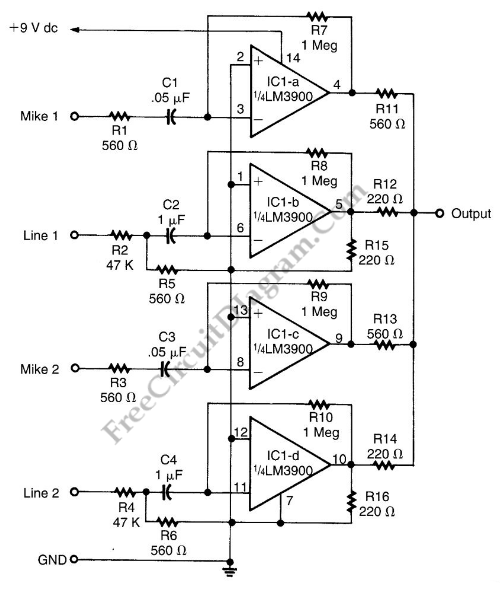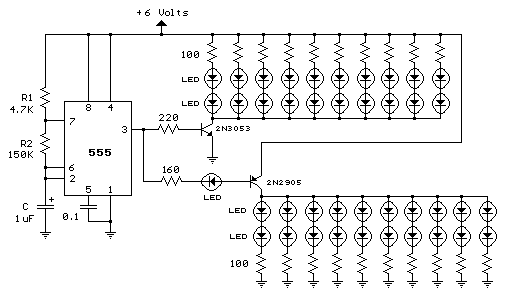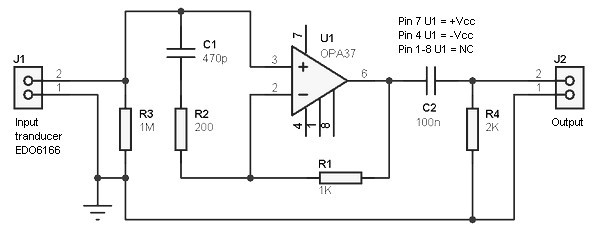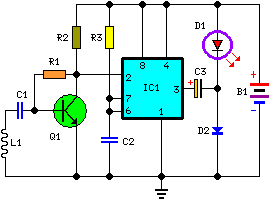
0-24VDC Digital PIC Power Supply circuit diagram
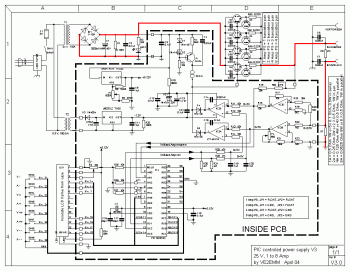
This is a variable power supply controlled by a PIC microcontroller. An LCD display is included in the circuit to show the actual output voltage and current values. A push-button switch is used to adjust the output voltage and current. The top line of the display shows the settings, while the maximum current is displayed at all times. It is not necessary to short the output terminals to set the maximum current.
The variable power supply circuit utilizes a PIC microcontroller as the central control unit, which allows for precise adjustments and monitoring of the output voltage and current. The microcontroller interfaces with an LCD display to provide real-time feedback to the user, indicating the current operational parameters of the power supply.
The LCD display is configured to show two primary lines of information: the first line presents the adjustable output voltage and current settings, while the second line continuously displays the maximum current limit. This design eliminates the need for the user to manually short the output terminals to establish the maximum current, simplifying the operation and enhancing user experience.
The power supply employs a push-button switch, which is integrated into the microcontroller's firmware to facilitate the adjustment of output voltage and current. The switch's operation is debounced in the software to prevent erroneous readings or rapid toggling, ensuring stable adjustments. The user can increment or decrement the voltage and current settings through a simple press-and-hold action, allowing for fine-tuning of the output.
The circuit design may include a voltage regulator, current sensing resistors, and appropriate filtering capacitors to ensure stable output under various load conditions. Protection features, such as overcurrent and overvoltage safeguards, can be implemented to protect both the power supply and connected loads. Overall, this variable power supply circuit combines advanced microcontroller capabilities with user-friendly interfaces to provide a versatile and reliable power source for various electronic applications.This is a variable power supply controlled with PIC microcontroller. There is LCD display in this circuit which will show the actual value of power supply output. This power supply use push on switch to adjust the output voltage and current value. The top line shows the settings, the maximum current stays displayed at all times, it is not necessar y to short the output terminals to set the maximum current. 🔗 External reference
The variable power supply circuit utilizes a PIC microcontroller as the central control unit, which allows for precise adjustments and monitoring of the output voltage and current. The microcontroller interfaces with an LCD display to provide real-time feedback to the user, indicating the current operational parameters of the power supply.
The LCD display is configured to show two primary lines of information: the first line presents the adjustable output voltage and current settings, while the second line continuously displays the maximum current limit. This design eliminates the need for the user to manually short the output terminals to establish the maximum current, simplifying the operation and enhancing user experience.
The power supply employs a push-button switch, which is integrated into the microcontroller's firmware to facilitate the adjustment of output voltage and current. The switch's operation is debounced in the software to prevent erroneous readings or rapid toggling, ensuring stable adjustments. The user can increment or decrement the voltage and current settings through a simple press-and-hold action, allowing for fine-tuning of the output.
The circuit design may include a voltage regulator, current sensing resistors, and appropriate filtering capacitors to ensure stable output under various load conditions. Protection features, such as overcurrent and overvoltage safeguards, can be implemented to protect both the power supply and connected loads. Overall, this variable power supply circuit combines advanced microcontroller capabilities with user-friendly interfaces to provide a versatile and reliable power source for various electronic applications.This is a variable power supply controlled with PIC microcontroller. There is LCD display in this circuit which will show the actual value of power supply output. This power supply use push on switch to adjust the output voltage and current value. The top line shows the settings, the maximum current stays displayed at all times, it is not necessar y to short the output terminals to set the maximum current. 🔗 External reference
